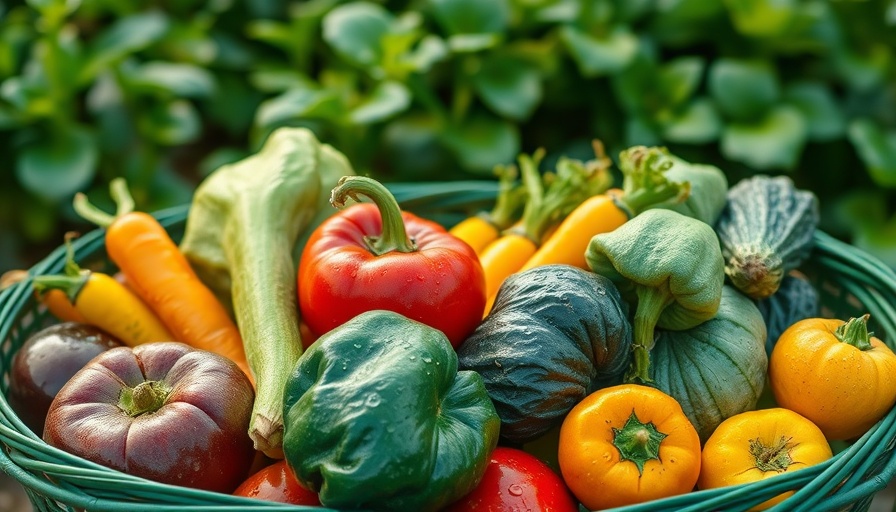
Gardening in the Mohawk Valley: Timing Your Lily Blooms
The Mohawk Valley is a beautiful region rich in natural resources and agricultural history, making it an ideal place for gardening enthusiasts. As the warmer months approach, many gardeners eagerly anticipate the blooming of lilies—a flower well-loved not just for its beauty but also for its role in inviting pollinators to gardens. To make the most of your lily blooms, understanding their growth cycle is essential.
The Importance of Soil Preparation
Good soil health is critical for successful gardening, especially in the Mohawk Valley where the climate can influence plant growth significantly. Proper soil preparation improves the chances of a vibrant blooming season. Adding organic compost, ensuring proper drainage, and checking the soil pH will help create a rich, nourishing environment for lilies to thrive.
Understanding Lilies: Varieties and Care
Lilies come in a plethora of varieties, each with unique characteristics. From the stunning Asiatic lilies to the fragrant Oriental types, choosing the right variety for your garden can make all the difference. Additionally, providing adequate sunlight and regular watering will lead to healthier plants and more abundant blooms. Educational resources from gardening clubs and local nurseries can provide valuable insights into variety selection and care strategies.
Attracting Pollinators: Creating a Balanced Ecosystem
The role of pollinators cannot be overstated—they are essential for the success of not just lilies but for many plants in your garden. Simple steps like planting a variety of flowering plants alongside your lilies can attract bees and butterflies, fostering a balanced ecosystem. Creating a pollinator-friendly garden is not just a personal benefit; it contributes to broader environmental health.
Embracing Sustainable Practices
Choosing sustainable gardening practices is essential in protecting the environment, especially in regions experiencing the impacts of climate change. Techniques such as composting, using natural pest repellents, and implementing water-saving irrigation methods can lead to a healthier ecosystem. Many gardeners are now experimenting with permaculture principles to maximize their gardening efforts sustainably.
A Look at Local Gardening Trends
The Mohawk Valley has seen a resurgence in community gardening and local farming initiatives. As urban areas expand, the importance of local sources for food and flowers becomes even more pronounced. Engaging with local gardens not only fosters community spirit but also encourages the sharing of knowledge and resources, ultimately enriching the gardening experience for all involved.
Final Thoughts on Pre-Bloom Preparation
As lilies prepare to bloom, the upcoming days warrant excitement for many gardeners in the Mohawk Valley. By employing sustainable gardening practices and maintaining awareness of the local ecosystem, one ensures that the blooms will not only beautify their own gardens but also contribute positively to the environmental landscape.
In the words of Ralph Waldo Emerson, "The creation of a thousand forests is in one acorn." By focusing on responsible gardening, each small effort contributes to a more sustainable future and a vibrant gardening community.
So as you step into your garden this spring, think about the role you play in nurturing not just plants, but the well-being of the ecosystem that surrounds you. Happy gardening!
 Add Row
Add Row  Add
Add 




Write A Comment